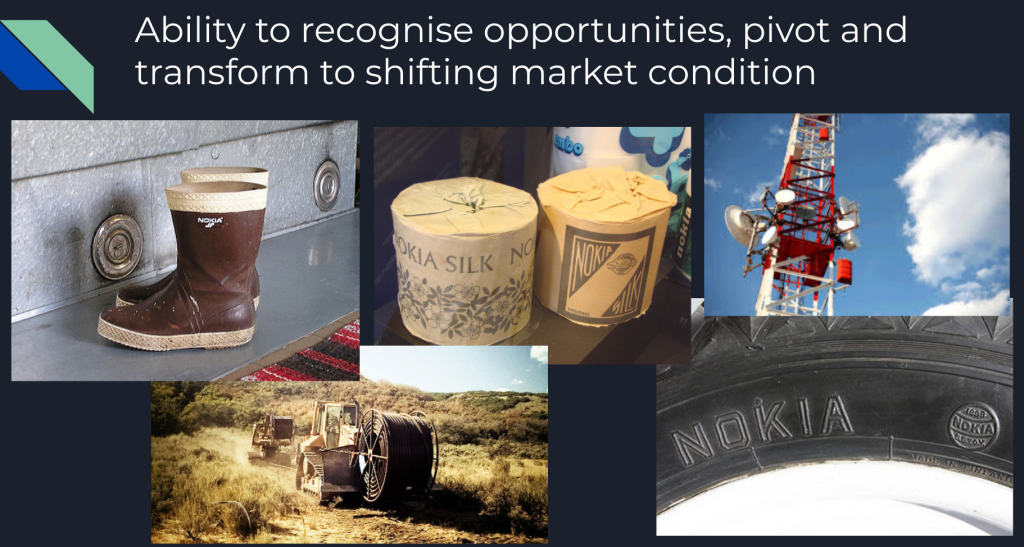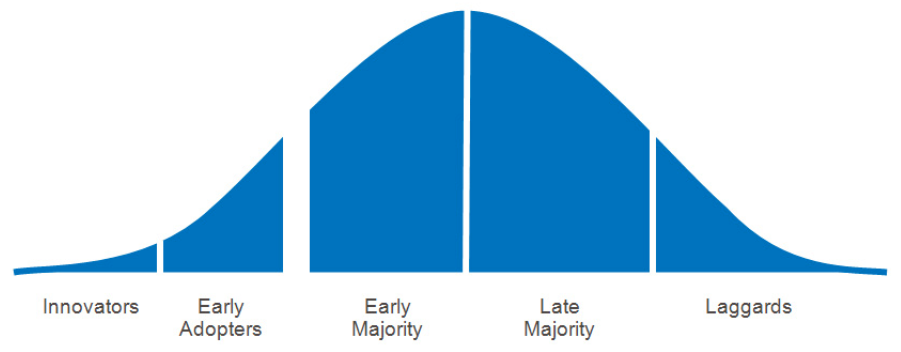This series of articles examines how organisations can create opportunity following a crisis and unforeseen change. I will argue that as the world becomes more complex and undiscernable, how organisations prepare and deal with inevitable failure can give them a competitive advantage. So much so that intentional failure can provide more upside than the downside.
In the last article, I explained that Agile and Lean ways of working are particularly appropriate for handling known problems and opportunities. I stated that during a crisis, and during unforeseen change, there’s little knowledge and understanding, and so Agile and Lean ways of working have little application.
In this article, I’ll be telling the story of Nokia, a company that has fallen out of favour yet has an impressive history of handling crises and capitalising on unforeseen change.
Nokia has a deep history of innovation, market exploitation and adaptability. It started in 1865 with a single paper mill operation producing paper consumer goods such as toilet paper. Over the proceeding decades, it sought and found success in a wide number of industries such as cabling, rubber consumer products, and telecommunication infrastructure.

Nokia’s broad range of pursuits is a result of active variation, where the success or failure of each pursuit is hard to initially determine. Where unforeseen changes make a particular product or service become more viable, Nokia would invest further involvement. It would de-invest involvement in activities showing less success. Success or failure, and so investment or de-investment decisions, are emergent and impossible to confidently predict up front.
For example, 1980s deregulation of European Telecommunications industries opened a new market for telephony. Since Nokia had already developed an awareness and competency in this field it was one of the first to recognise and respond to the opportunity. It produced the first fully digital telephone exchange in Europe and released one of the first car phones. Further to this investment, it de-invested and reduced focus in other activities.
The discipline to ensure a mixed portfolio of activities that adapt to unforeseen market changes is the application of Palchinsky’s Principles:
- Seek out new ideas and try new things
- When trying something new, do it on a scale where failure is survivable
- Seek out feedback and learn from your mistakes as you go along
This essentially means that in order to create an organisation that can handle unforeseen change, the organisation must create a portfolio that exhibits variation, survivability and selection.
The next article will be a case study comparing Nokia with Ericsson in 2000 – at the time, two major rivals in the mobile handset market. I’ll be explaining how their differing response to an apparently innocuous event resulted in a crisis that led to the demise of one and the ongoing success of the other.



